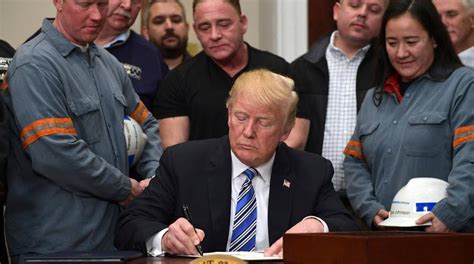—
European Energy Market Dynamics
In recent years, the European energy landscape has been undergoing significant shifts. With a growing emphasis on reducing carbon emissions and transitioning towards cleaner sources of energy, the region is increasingly looking towards natural gas as a bridge fuel to support its transition away from coal and oil.
The Appeal of US Gas
The United States, with its abundant shale gas reserves and advanced extraction technologies, has emerged as a major player in the global natural gas market. Its liquefied natural gas (LNG) exports have been steadily increasing, offering Europe an attractive alternative to traditional gas suppliers such as Russia.
Challenges Ahead
While the prospect of diversifying its gas supply with US imports may seem promising for Europe, several challenges stand in the way of significantly increasing these imports.
Infrastructure Limitations
One key obstacle is the lack of sufficient infrastructure to receive and distribute LNG across Europe. Building terminals and pipelines to accommodate larger volumes of US gas would require substantial investments and regulatory approvals, which can be time-consuming and costly.
Competing Interests
Additionally, Europe faces competition from other regions vying for access to US LNG supplies. Asian markets, particularly countries like Japan and South Korea, are also eager consumers of American LNG, putting pressure on available export volumes.
Price Considerations
The price competitiveness of US LNG compared to other suppliers is another crucial factor. While American gas may offer flexibility and diversification benefits, fluctuations in global gas prices can impact the overall cost-effectiveness of importing US LNG into Europe.
Geopolitical Concerns
Geopolitical considerations further complicate Europe’s efforts to increase reliance on US gas. The ongoing tensions between the US and Russia create uncertainties around energy security and diplomatic relations that influence decision-making in this strategic sector.
Expert Insights: Navigating Complexities
According to industry experts, navigating these complexities will require careful planning and coordination among stakeholders within both Europe and the United States. Balancing economic interests with environmental goals while ensuring energy security remains a top priority for policymakers in this evolving landscape.
As European countries continue their energy transition journey, finding a sustainable balance between domestic production, renewable sources, and imported fuels like American LNG will be essential for meeting climate targets without compromising economic stability.

